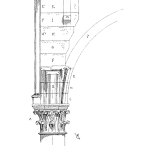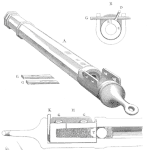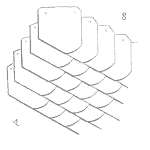
by Alan Ross
I went to Washington recently to represent the SMRP Government Relations Smart Grid Committee, of which I am now the chair. I was there with other folks from SMRP to talk about the smart grid, and we ended up talking a lot about safety. The Society for Maintenance and Reliability Professionals—the fastest growing reliability organization in the world—is about to become an OSHA Alliance organization. That’s a big deal, because there are only a few organizations in the alliance and you have to jump through a lot of hoops to get in. SMRP has done that. [Read more…]











